The Douglas DT was a U.S. Navy torpedo bomber developed in 1920 by the Douglas Aircraft Company, the company’s first military contract aircraft. The DT first flew in 1921, winning a competition for a torpedo bomber for the United States Navy and United States Marine Corps. As a biplane the main version was powered by a Liberty L-12 engine, liquid-cooled V 12, while its fuselage combined a an-all metal structure with wood panelling, whereas the wings were Fabric-covered, on a wooden armature strengthened by a central metal frame. The landing gear was ingenious, it was made convertible between wheels or floats for rapid change from land to sea operations or the reverse. The crew of two comprised the pilot and observer/gunner. It was typically armed with a torpedo or equivalent bomb load and had a defensive machine gun.
This was the first aircraft built under Navy contract for Douglas, with either 64 or 90 units built depending on the sources, with several variants developed, the original DT-1, Improved DT-2 and experimental DT-4 float plane. It was mainly used by the USN and Marine Corps, from aircraft carriers such as USS Langley and also for combat and training the first years (1927-28) on USS Saratoga and Lexington, but also deployed from seaplane tenders in the Pacific. It demonstrated the feasibility of carrier-based torpedo bombers, thus helping to shape U.S. naval aviation strategy. Some DTs were also used by the Royal Canadian Air Force in the 1920s, for coastal patrol and training.
Development
In 1919, the US Navy had no dedicated torpedo bomber for its needs, whereas there was a project to convert a fleet collier, USS Jupiter (NFC 3), into the first American aircraft carrier, which was done between her decommission on 24 March 1920 and recommission on 20 March 1922. The USN staff knew there had been already such project in Britain during the war, with the Sopwith Cuckoo and Blackburn Kangaroo. The second was way too large to be carried on any ship, as a two-bay twin engine model. Only the Cuckoo was tailored for carrier deck operation. Actually, Japan was early in the game as well, with the Mitsubishi 1MT, which first flew in 1922. It was rear admiral Moffattt which in 1921 headed the Bureau of Aeronautics, and issued specifications for a torpedo bomber.
Early Tests
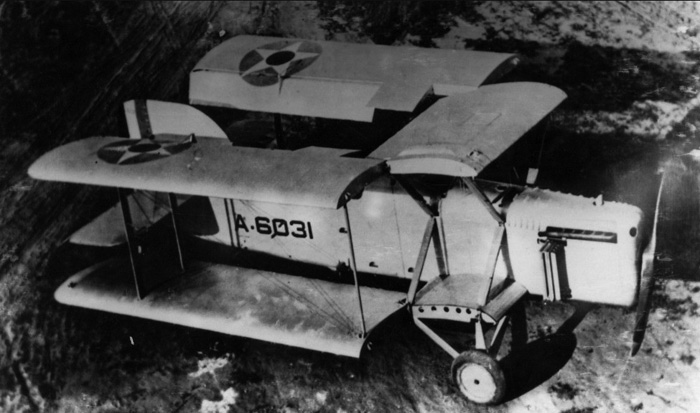
DT-1 prototype with its wings folded, Ray Wagner coll.
The US admiralty looked at its own manufacturers to develop an equivalent to the British Cuckoo, not in 1919, but in 1921 as USS Langley was about to be recommissioned and needed a whole range of dedicated aircraft. On that chapter, there were no shortages of experiments, starting in 1919. At the time, the lightest torpedo in inventory was the Bliss-Leavitt 18″ (45 cm) Mark 7 Type D (Short Torpedo), developed for submarines in 1916-17, but which in 1918 was modified for airborne tests.
In 1919 plenty of drop tests were performed with Dummy Mark 7 Type Ds. They were dropped from the Curtis R-6L floatplane, with a first successful launch on 14 July 1919. The Navy approved the manufacture of 43 more Type D torpedoes for more airborne tests until the next summer 1920. The R-6L was however a weak weapon, carrying just 90 kgs (200 Ib.) TNT, and capable of 2,000 yards (1,800 m) at 35 knots, so the carrier aeroplane needed to be pretty close to the target to drop.
From there were developed the serial Bliss-Leavitt 18″ (45 cm) Mark 7 Mods A, 2A and 5A. The “A” signalling an aircraft use. They carried a 96 to 148 kgs TNT warhead, and were capable of between 3200 and 6000 yards, the later at 30 knots. The best compromise was the model 5A of 738 kgs in 1920,capable of crossing 3,500 yards (3,200 m) at 35 knots. Tests were performed at Naval Air Station, Anacostia, Maryland. The examiners showed when dropped from 18 to 30 feet (5 and 9 m) the torpedo could be badly damaged, and the ideal height was estimated equal or below 18 feet (5 m), which was dangerous in heavy weather due to the wave crests.
Designed in a Barbershop
A competition for a carrier plane, now the payload was known and early procedures in place, this helped writing specs. It was issued in 1921, and five manufacturers participated. Davis-Douglas took part in it, albeit the company just had been created and still provisionally used a former barber shop as office, hence the “designed in a barbershop”. Douglas was not experienced but looked at Blackburn, Curtiss and Fokker for inspiration.
Douglas proposal was retained, and the company signed its first military contract, No. 53305 of April 1, 1921. On 18 pages, it set out the specifications, resulting in the purchase of three DT (D for Douglas, T for torpedo). The company’s founder, Donald Douglas, entered the U.S. Naval Academy in 1909 but resigned as a midshipman in 1912 to pursue a career in aviation. In 1920, he created his company with his friend David R. Davis. Its first civilian model was the Douglas Cloudster, a chunky single-engine model wit 5 seats and a limited potential as a transport plane. However, it was sturdy and had a long range. It was adapted later to design the DT-1 single-seat torpedo bomber. He tried to make newspapers headlines by beating the 2690 miles dash to smash the world record across the US with the Cloudster, working as a “proof of concept”.
The Douglas DT when submitted and accepted, was a sturdy, efficient design, albeit not pretty, when selected as winner on paper. The three single-seat ordered with floats but also three sets of wheels to test land operations, and notably deck operation, from USS Langley. No provision for a hook at that stage was set up as the concept was still at early testing stage. Since Douglas lacked the manufacturing capabilities, these prototypes were built at the Goodyear Blimp factory.
The first prototype was completed in October 1920. Trials performed until December identified a grave issue: Pilots immediately stated the model was a bit underpowered, certainly to carry the 830 kgs torpedo and that for safe operations, the single pilot was not enough. Thus, the two other prototypes were given two seats. The pilot was moved forward, below the main wings, and his former position was taken by an observer with a scarff mount. However, two prototypes were destroyed by pilot errors in July 1921, but fortunately for Douglas, the remaining one completed its Navy acceptance trials. It soon joined torpedo squadron VT-1 for further testings.
The 2-seat DT-2 model was the only one produced, with a 450 hp (340 kW) Liberty V-12 piston engine, redesign tail, and other modification, after acceptance January 1922. Deliveries started the same year. They were produced in batches, 18 at Santa Monica facility, 6 at NAS Philadelphia, Dayton-Wright in Ohio made 11 of them. 40 more were ordered from Douglas at its new facilities, and 20 from Lowe-Willard-Fowler Eng. Co. of New York. There were further variants as new engines were tested:
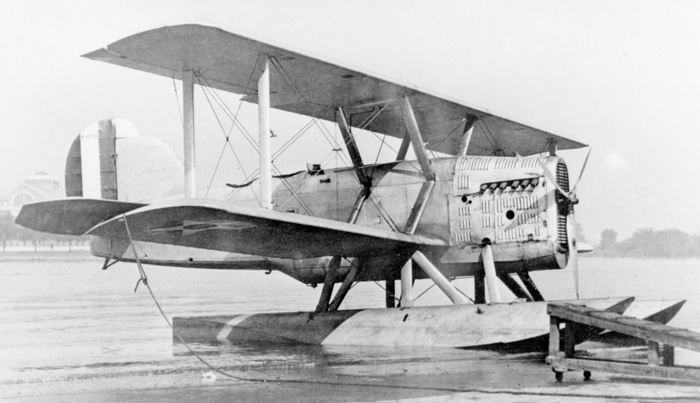
Dayton-Wright SDW-1
The DT-3 remained on paper, but the DT-4 saw four models from NAF Pensacola modified with direct-drive Wright T-2 V-12 engines. One was further modified as the DT-5, which tested a geared 650 hp (480 kW) Wright T-2B V-12 engine. There was another earlier DT-2 that also tested the 450 hp (340 kW) Wright P-1 radial piston engine, as the DT-6. Later, Dayton-Wright modified three more that were known as the SDW-1. And there were the export versions to Norway and Chile (see below). The DT-6 almost double the top speed thanks to its flawless, streamlined integration of the radial engine, with only the cylinders protruding from a well-profiled nose. But all these versions remained as prototypes. The DT-2 remained the main version.
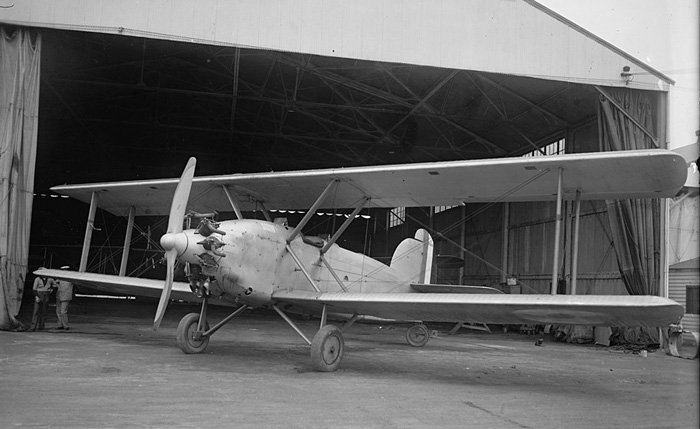
DT-6 NAS 1925
Design of the Douglas DT
General layout
The DT-1 was a single-bay biplane, which fuselage was modern for the time, constructed of a frame skeleton of welded steel tubing, braced with tie-rods and using stiffening gussets. The fuselage was even conceived to break in a heavenly fashion in case of a crash, protecting the pilot (and later crew of 2). It was built in three detachable sections, the engine section, mid-section and tail section. The first two of these were plated with aluminium, while the tail was covered with fabric. There were two open cockpits on the DT-2, for the pilot forward and observer/MG-gunner aft, but on the DT-1 the single cockpit was far back to allow the pilot clearing the lower wings when seeing down.
The vertical tail surfaces had conventional wooden frames and the horizontal tail surfaces used steel tubing. The wings used a standard box-beam arrangement with built-up rib construction using a wooden structure, fabric-covered. The upper wing were made by three panels and the lower wings had two panels. They were attached to the fuselage by “K” struts on either side, meeting the fuselage near the top for the central section, fixed.
The two bay wings folded aft from a rear axle hinge. The undercarriage was given a very wide, secured 3 m wide track fixed under the lower wing central stub, which in addition a fixation system allowed a quick replacement by a cage structure for two long wooden floats instead, giving the same stability at sea. In that case (DT-1 with floats) the wooden floats were constructed with bulkheads to only allow partial flooding in case of perforation. These weighted an additional 800 Ibs (400 Ib or 200 kgs each)
Engine and performances
The DT-1 was a relatively compact, solidly built but heavy aircraft, with a take-off weight of 2,950 kg or 6504 lb, and empty weight of 1695 kg (3737 lb). It looked compact, but still had generous dimensions, albeit having folding wings: The wingspan stretched to 15.24 m (50 ft) for a length of 10.41 m (34 ft 2 in) and height of 4.14 m (14 ft 7 in) which represented a wing area of 65.68 m2 (706.97 sq ft). The wings folded back through 90 degrees, parallel to the fuselage, for carrier stowage.
The DT-1 was powered by a 298kW Liberty engine with side radiators as the first installed power unit. However, on trials, this single-seat seemed underpowered. Then came the two-seater DT-2, which was strengthened and now powered by a 335.3kW Liberty engine, and more convenient nose radiator. The DT-2 now was able to reach 163 km/h (101 mph), and had a ceiling of 2,375 m (7800 ft), and a range of 472 km or 293 miles, but unladen.
Armament
Its main armament is described as a 830-kg torpedo. The Type is unclear. In 1921, the 740 kgs. 7D Mod 2A (1,736 lbs) was available though, carrying a 145 kg TNT warhead at 6,000 yards (5,490 m) at a speed of 30 knots. However, sources points out a 832 kgs. or 1,835-pound torpedo. It was likely an intermediate before the 1930 Mark 13, 22.4″ (56.9 cm) torpedo, and only for the float plane version, not the undercarriage versions which carried a lighter model. There is no data on this intermediate model, which was carried semi-recessed under the fuselage. If absent, an auxiliary fuel tank could be fitted in place, greatly extending the range for taxiing between stations. This was complemented by a defensive scarf-mounted M1919 Browning used by the observer/rear-gunner. The pilot had no forward armament and likely aimed and dropped the torpedo himself.
⚙ Douglas DT specifications |
|
| Light/Gross Weight | 4,528 lb (2,054 kg)/7,293 lb (3,308 kg) |
| Max Takeoff weight | Unknown |
| Length | 38 ft 9 in (11.8 m) |
| Wingspan | 51 ft 10 in (15.8 m) |
| Height | 15 ft 1 in (4.60 m) |
| Wing Area | 707 sq ft (65.7 m2) |
| Engine | Liberty L-12 V-12 WC piston engine, 450 hp (340 kW) |
| Top Speed, sea level | 101 mph (162 km/h, 87 knots) |
| Cruise Speed | c80 kph |
| Range | 274 mi (441 km, 238 nmi) |
| Climb Rate | 345 ft/min (1.75 m/s) |
| Ceiling | 7,400 ft (2,300 m) |
| Armament | 0.3 in M1919 Browning, 1,835 lb (832 kg) aerial torpedo |
| Crew | 2 |
Operational History
US Service
The only surviving DT-1 prototype joined the first torpedo bomber squadron, VT-1. The first mass dropping on target was done by 18 DT aircraft from TBS-1 on USS Arkansas (BB-33) on 22 September 1922 off the Virginia coast. Importantly, she sailed in formation at her nominal speed, around 20 knots. These were all DT-2 floatplanes. Eight hits were observed after a manoeuvre to go from 200 ft. to their dropping altitude and back. They ended 1,000 yards from the battleship when dropping these. When spotters saw the bubble trails, they communicated this to the bridge officer which ordered the helmsman a turn hard over, he dodged three, but this was in vain for the others. This made a great impression on all present, and a dangerous event as the battleship came close to the path of escorting destroyers, adding to the confusion of it.
During trials in 1924, Mark 7 torpedoes were successfully launched from DT-2 torpedo planes at an air speed of 95 knots and from an altitude of 32 feet (10 m). In all, they equipped five squadrons, in service from 1922 to 1928. On May, 2, 1924, a DT-2 with undercarriage made a successful torpedo attack from USS Langley, and the DT-2 became the indispensable half of CV-1’s small air group, with fighters.
In service on Langley, they carried a 17 ft long, 600 ib. Bliss-Leavitt Mark 7d mod A torpedo. For perfect drops, the speed needed to be contained between 50 and 55 knots (92-100 kph), still with some reserve before stalling, and at the altitude described above, around 80 feet. These torpedoes received a safety pin and drogue ruptured when detached, starting the wet-heater. The DT-2s entered service for only a single year on the brand new USS Lexington and Saratoga. However, marine conditions took a toll on them, they degraded due to exposure to salt water, and the attrition rate was considerable, between those missing the deck and crashing at sea and those having their floats destroyed on landing at sea. It was discovered that the wooden frame rotted, and internal tubings developed cracks that were not monitored until breakage.
By 1928, the DT-2 was definitively retired, not even retained for training apart a single one that lingered until 1940 remarkably, but in the Norwegian navy (see below). They were simply all scrapped, none survived to this day. They will be replaced by Great Lakes biplanes later in the interwar, and ultimately Douglas would produce two more, very fine models for the Navy: The Devastator Torpedo-Bomber and the SBD Dauntless dive bomber, the latter performing particularly well. This chapter would not be closed without speaking of another world record model, this time derived from the DT-2, the “Douglas World Cruiser”.
It was indeed developed to meet a requirement from the United States Army Air Service for the first flight around the world. In all, 5 were manufactured after a first flight in November 1923. The attempt was made by all five observation planes (O-5 or Douglas DOS), across the globe from March to September 1924, covering 23,942 nmi (44,341 km) in 371 hours, 11 minutes at an average 70 miles per hour. This solidified the reputation of Douglas worldwide, and brand-new facilities soon integrated proper, large and modern offices succeeding to the …barber shop. Albeit the company was soon better known for its legendary airliners, its love story with the Navy never ceased.
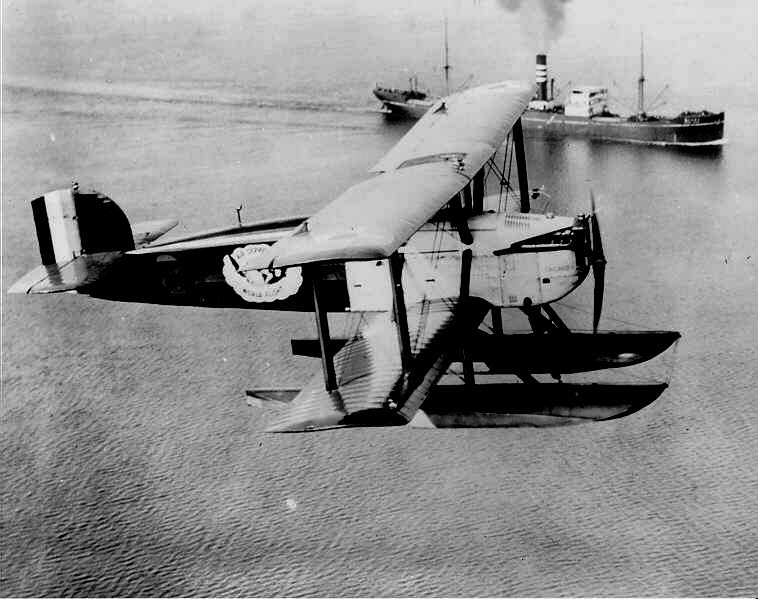
Douglas World Cruiser
Other Operators
![]() DT-2B: One purchased for the NNAS, seven copies built under licence.
DT-2B: One purchased for the NNAS, seven copies built under licence.
![]() DTB, export version for Peruvian Navy (4) with a 650 hp (480 kW) Wright Typhoon V-12.
DTB, export version for Peruvian Navy (4) with a 650 hp (480 kW) Wright Typhoon V-12.
Gallery:
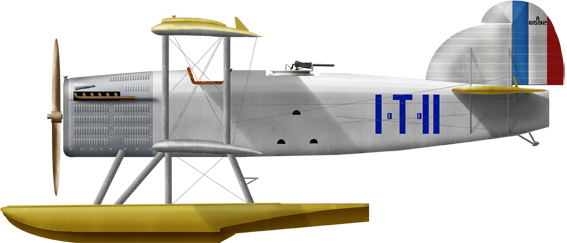
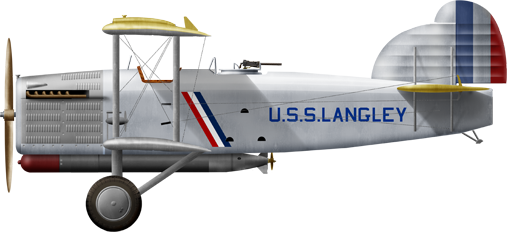
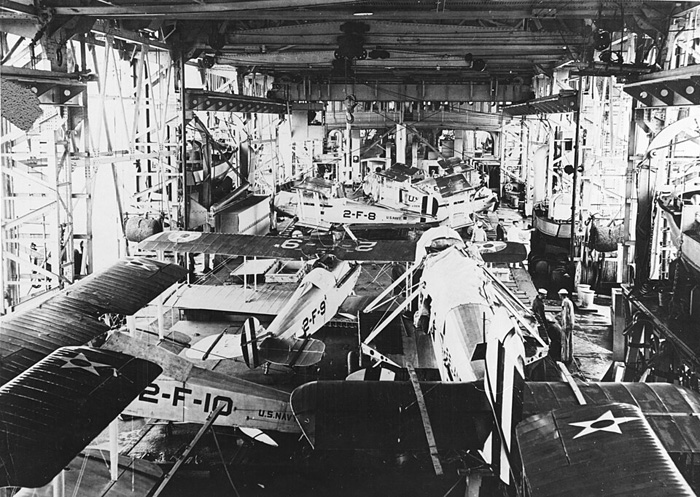
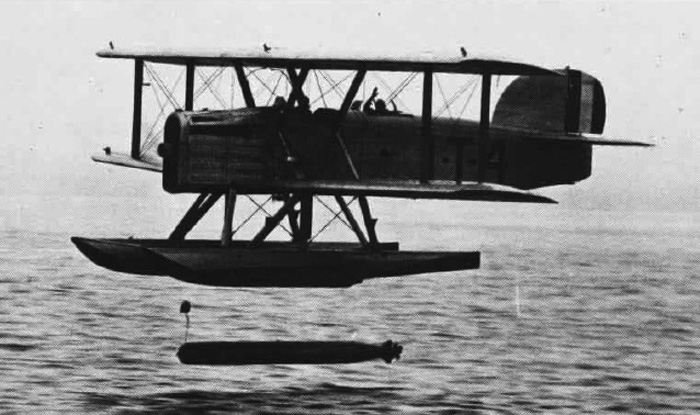

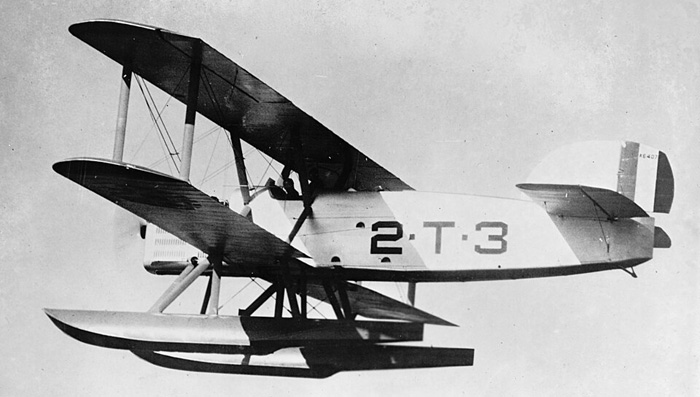
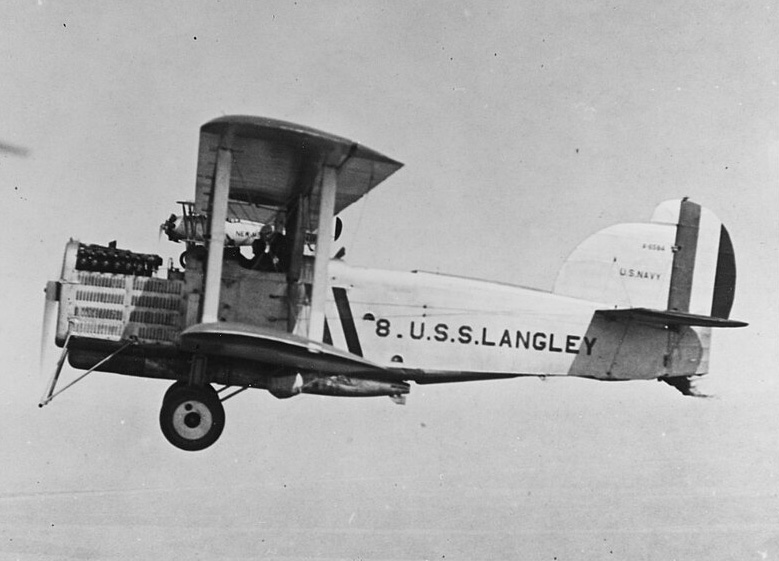
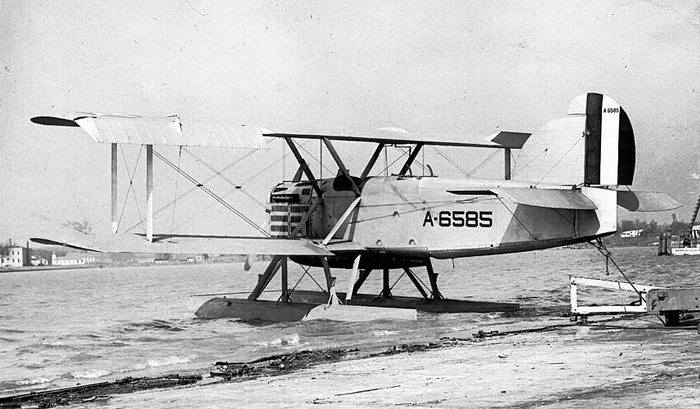
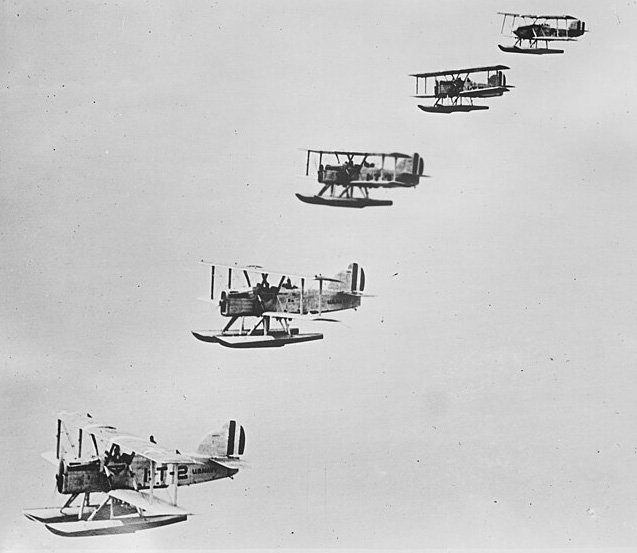

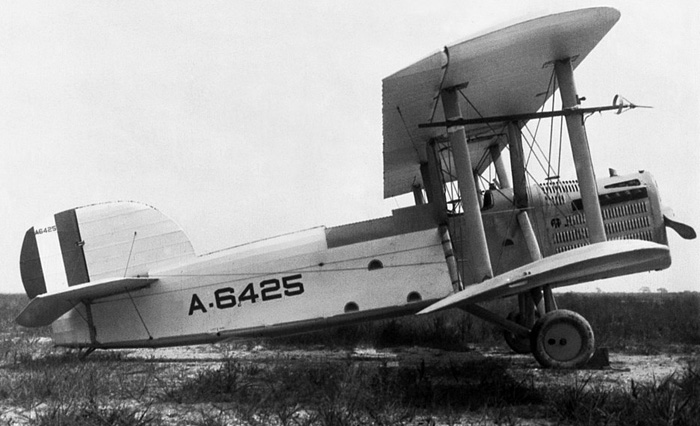
Src/Read more about the DT:
Francillon, Rene J. (1988). McDonnell Douglas Aircraft since 1920. Vol. 1 (2nd revised ed.). London: Putnam & Company Ltd. pp. 45–55
usni.org
armedconflicts.com
Photo onhistory.navy.mil, VT-2 dropping torpedoes 1922
tailhooktopics.blogspot.com
warbirdsresourcegroup.org
boeing.com/history/products
navweaps.com
USS_Langley_(CV-1)
navypedia.org/
wings-aviation.ch
wikipedia.org
commons.wikimedia.org
Video

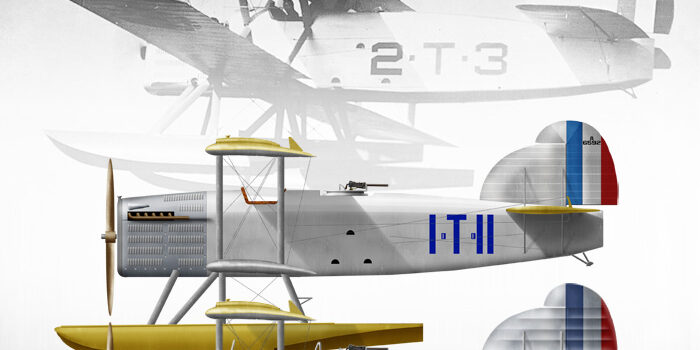
 Latest Facebook Entry -
Latest Facebook Entry -  X(Tweeter) Naval Encyclopedia's deck archive
X(Tweeter) Naval Encyclopedia's deck archive Instagram (@navalencyc)
Instagram (@navalencyc)


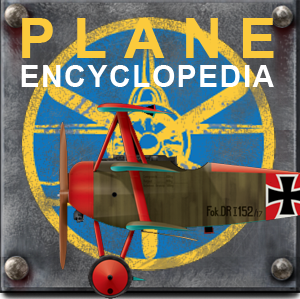
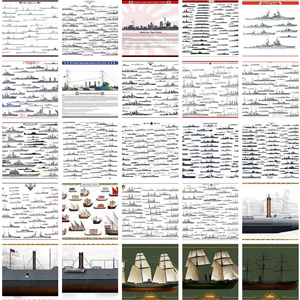
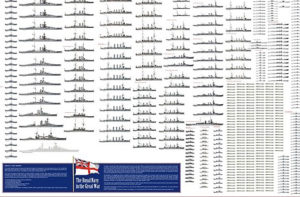
 French Navy
French Navy Royal Navy
Royal Navy Russian Navy
Russian Navy Armada Espanola
Armada Espanola Austrian Navy
Austrian Navy K.u.K. Kriegsmarine
K.u.K. Kriegsmarine Dansk Marine
Dansk Marine Nautiko Hellenon
Nautiko Hellenon Koninklije Marine 1870
Koninklije Marine 1870 Marinha do Brasil
Marinha do Brasil Osmanlı Donanması
Osmanlı Donanması Marina Do Peru
Marina Do Peru Marinha do Portugal
Marinha do Portugal Regia Marina 1870
Regia Marina 1870 Nihhon Kaigun 1870
Nihhon Kaigun 1870 Preußische Marine 1870
Preußische Marine 1870 Russkiy Flot 1870
Russkiy Flot 1870 Svenska marinen
Svenska marinen Søværnet
Søværnet Union Navy
Union Navy Confederate Navy
Confederate Navy Armada de Argentina
Armada de Argentina Imperial Chinese Navy
Imperial Chinese Navy Marinha do Portugal
Marinha do Portugal Mexico
Mexico Kaiserliche Marine
Kaiserliche Marine 1898 US Navy
1898 US Navy Sovietskiy Flot
Sovietskiy Flot Royal Canadian Navy
Royal Canadian Navy Royal Australian Navy
Royal Australian Navy RNZN Fleet
RNZN Fleet Chinese Navy 1937
Chinese Navy 1937 Kriegsmarine
Kriegsmarine Chilean Navy
Chilean Navy Danish Navy
Danish Navy Finnish Navy
Finnish Navy Hellenic Navy
Hellenic Navy Polish Navy
Polish Navy Romanian Navy
Romanian Navy Turkish Navy
Turkish Navy Royal Yugoslav Navy
Royal Yugoslav Navy Royal Thai Navy
Royal Thai Navy Minor Navies
Minor Navies Albania
Albania Austria
Austria Belgium
Belgium Columbia
Columbia Costa Rica
Costa Rica Cuba
Cuba Czechoslovakia
Czechoslovakia Dominican Republic
Dominican Republic Haiti
Haiti Hungary
Hungary Honduras
Honduras Estonia
Estonia Iceland
Iceland Eire
Eire Equador
Equador Iran
Iran Iraq
Iraq Latvia
Latvia Liberia
Liberia Lithuania
Lithuania Mandchukuo
Mandchukuo Morocco
Morocco Nicaragua
Nicaragua Persia
Persia San Salvador
San Salvador Sarawak
Sarawak Uruguay
Uruguay Venezuela
Venezuela Zanzibar
Zanzibar Warsaw Pact Navies
Warsaw Pact Navies Bulgaria
Bulgaria Hungary
Hungary

 Bundesmarine
Bundesmarine Dutch Navy
Dutch Navy Hellenic Navy
Hellenic Navy Marina Militare
Marina Militare Yugoslav Navy
Yugoslav Navy Chinese Navy
Chinese Navy Indian Navy
Indian Navy Indonesian Navy
Indonesian Navy JMSDF
JMSDF North Korean Navy
North Korean Navy Pakistani Navy
Pakistani Navy Philippines Navy
Philippines Navy ROKN
ROKN Rep. of Singapore Navy
Rep. of Singapore Navy Taiwanese Navy
Taiwanese Navy IDF Navy
IDF Navy Saudi Navy
Saudi Navy Royal New Zealand Navy
Royal New Zealand Navy Egyptian Navy
Egyptian Navy South African Navy
South African Navy






























 Ukrainian Navy
Ukrainian Navy dbodesign
dbodesign